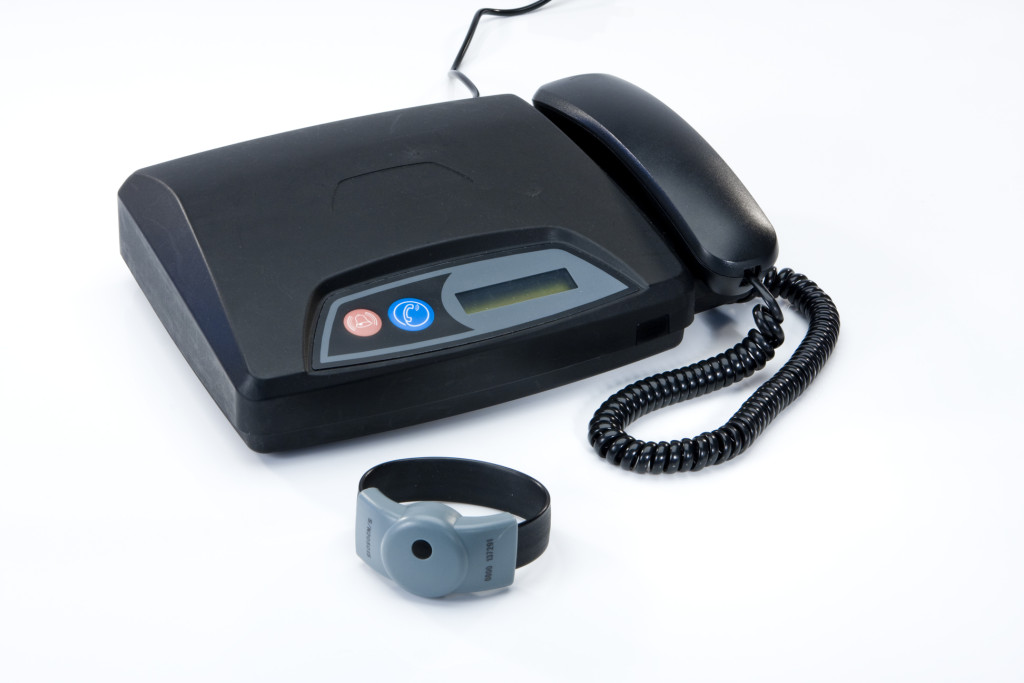Criminal justice policy at a crossroads?
There is a tenuous, slowly growing sense that criminal justice policy might be in for a major overhaul. Michael Gove, the new Justice Secretary, has spoken about the need for change and the fact that the Chancellor is demanding a budget cut in the region of 25 to 40% makes radical change almost inevitable.
The Howard League has argued that the most effective way to overhaul the justice system and save money at the same time is to drastically reduce the prison population back to the size it was 25 years ago – arguing that crime rates were much higher then.
Needless to say, this will be a major challenge for a Conservative Justice Minister who will, almost inevitably, have to balance any measures that are seen as liberal with a rhetoric which remains tough on crime.
One possibility is that more prisoners could be released early from their sentences, if they were subject to electronic monitoring or tagging as it is more commonly known.
For these reasons, the recent (9 September 2015) report from the Reform think tank into tagging – “Cutting crime: the role of tagging an offender management” – could hardly be more timely.
Tagging trouble
One of the main challenges facing Michael Gove is that tagging has become a political hot potato since G4S and Serco lost their electronic monitoring contracts when it transpired that they had been overcharging the MoJ by billing for tagging several hundred offenders who, for a variety of reasons including notoriously the fact that some of them were dead, were not actually subject to electronic monitoring.
Nevertheless, up to 25,000 people are subject to tagging in England and Wales on any given day – largely as part of a Community Order, Bail Order or post-release licence condition.
There has been a lot of interest in tagging over recent years with a number of pilots testing the impact of tagging for tackling domestic violence, alcohol-related offending and prolific and priority offenders (PPOs).
However, despite the rapid growth in the use of tagging since the 2003 Criminal Justice Act, there is surprisingly little up-to-date research on its effectiveness.
Advocates of tagging typically make the cost effectiveness argument where they compare the cost of tagging – according to the Reform report somewhere between £8 to £16 per day for the new GPS tags – with the average daily cost of a prison place of approximately £73.
[divider]
The arguments for tagging
The Reform report argues strongly that when tagging is run efficiently, it can deliver a number of key benefits:
- help protect the public;
- enable the effective and low cost monitoring of conditions of orders;
- enable a swifter response to breaches through the provision of real-time data;
- help provide early indicators of possible recidivism;
- help reduce reoffending through enabling rehabilitation;
- help reduce reoffending through the greater threat of detection;
- help the police quickly eliminate or implicate suspects from their enquiries; and
- help reduce prison populations and therefore criminal justice system costs.
[divider]
The concerns about tagging
Personally I do think that tagging has a role to play, but, as ever, in the criminal justice system, there are a number of possible downsides to any intervention.
Reform is keen to allow tagging as a condition of police bail. However, this immediately undermines the cost effectiveness argument, since there are almost no costs at all to police bail at present with a defendant merely required to report back to the police station for further questioning on a specific date.
This is a classic criminal justice problem – where new initiatives intended as a new approach or alternatives to existing provisions end up being used for completely different reasons or in addition to the thing they were supposed to replace. A classic example is Unpaid Work/Community Service which was introduced as an alternative to custody but is now frequently used as a punitive element of a community sentence along with supervision, curfews and numerous other conditions.
Reform also advocate the use of GPS tagging for all non-violent defendants instead of a remand in custody. This proposal makes a good deal more sense, although we will need to see whether a UK GPS tagging system works in practice and is effectively and cost efficiently administered.
The value of using GPS tagging as part of a Domestic Violence Prevention Order, Non-molestation Order or Restraining Order is clear to see, provided that there are enough police to respond promptly when an offender strays into the forbidden area.
To be fair to Reform, they strongly recommend piloting and trialling different approaches to electronic monitoring so the we can establish a reliable evidence base to whether tagging works in the real world.
Personally, I expect Michael Gove to make increased use of tagging both to save money and to reassure the public that offenders are being carefully supervised.
Watch this space.






